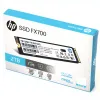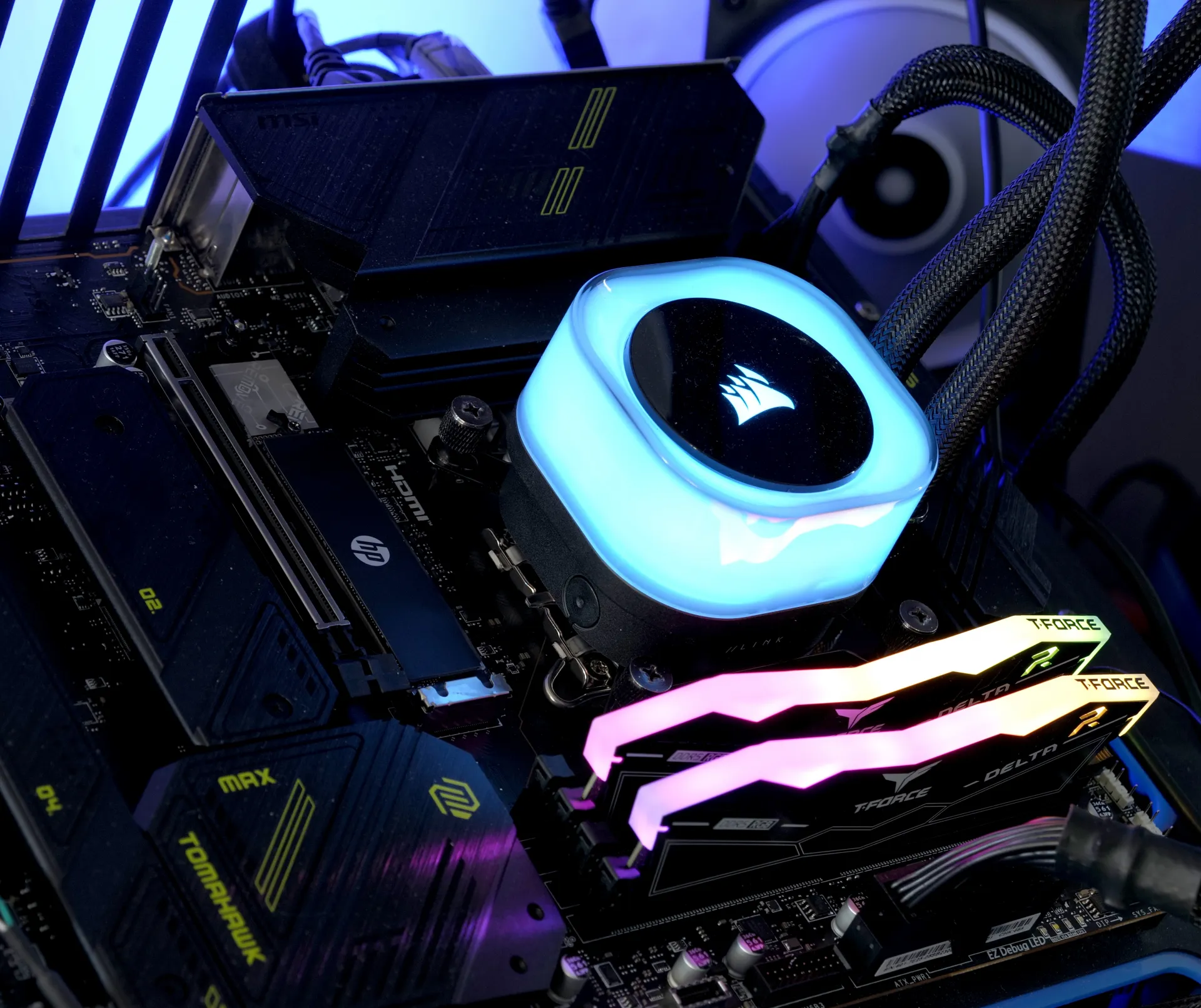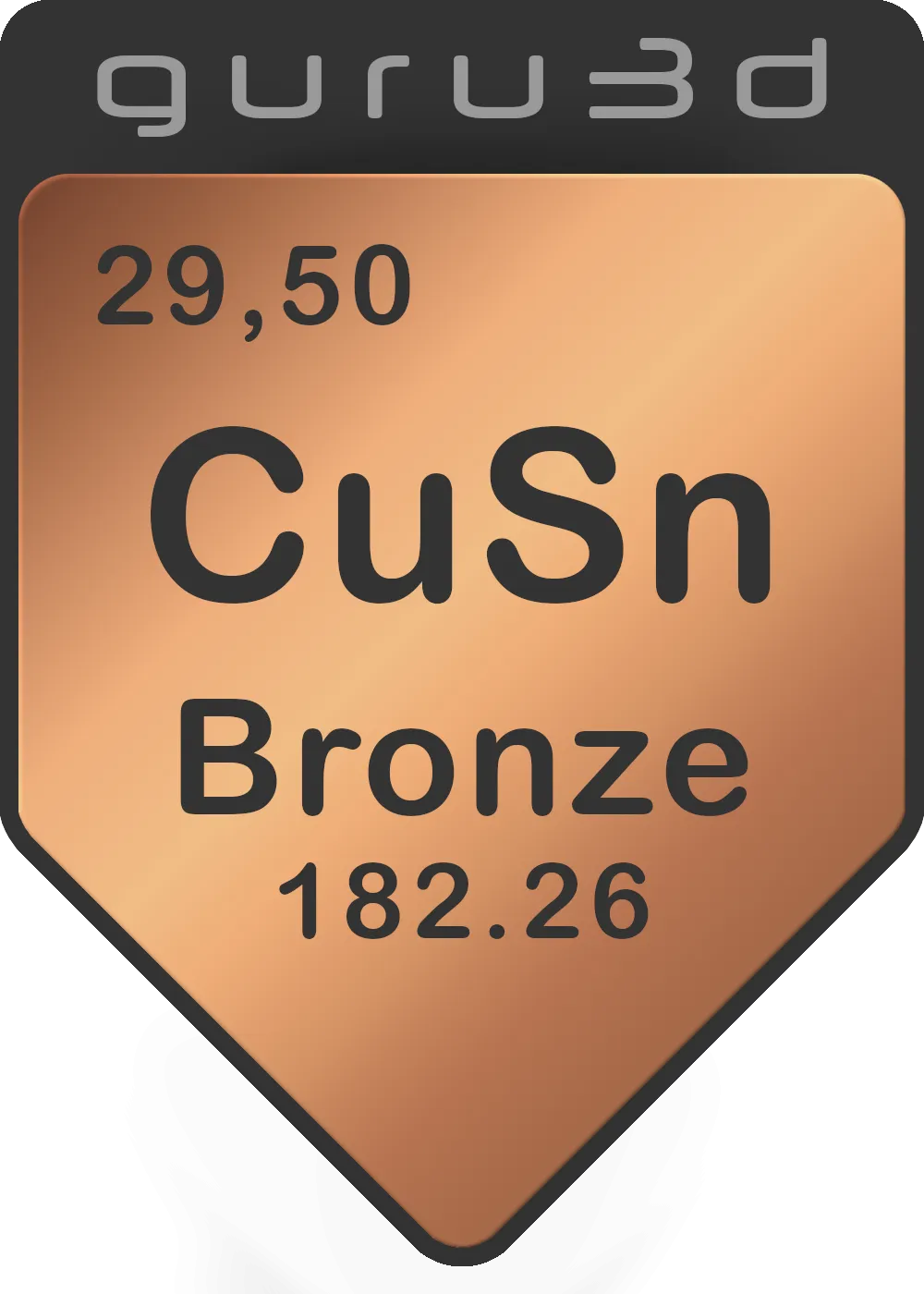Final Words & Conclusion
The HP FX700 SSD as manufactured by Biwin is aimed at the entry-level to mainstream market segment, it incorporates a Maxio MAP1602 controller along with BiWIN QLC 3D NAND technology. This SSD is designed with a DRAM-less configuration and utilizes the M.2 2280 interface standard. It is offered in storage capacities of 512GB, 1TB, 2TB, and soon a 4TB model.
Endurance
We've talked about endurance previously; it's the number of times NAND cells can be written before they begin to malfunction. It is sufficient to remark that the values for QLC written (4 bits saved in a single NAND cell) are not particularly good at it. On this point, however, I always like to paraphrase Einstein: "Relativity, my man," he said (somewhat). You can improve endurance by increasing the volume of your NAND. Volume sizes that are larger result in more NAND cells, and more NAND cells result in greater endurance.
The HP FX700 uses QLC-written NAND. A 1TB model has a rated 400 TB written capacity, the 2TB model has a 800 TB written capacity for endurance and the 4 TB is set at 1600TB. These are all substantially lower than TLC, bit not bad either. Now, if a NAND cell fails, it does not necessarily mean that your data is lost. Many algorithms are constantly monitoring and managing your data; for example, if a cell's lifetime is about to expire, the bits inside that cell will be relocated to a more healthy cell. So how long does a storage unit last before NAND flash cells go the way of the dodo? Well, if you are a really extreme user, you might be writing 50 GB per day (really, normal users probably won't even write that per week), but based on that value, 50GB x 365 days = 18.25 TB per year written. You get 800 TBW (for a 2TB model), so that's almost 44 years of usage and half that for the 1 TB SSD version. Let me make it very clear, 50 GB per day each day of the year is a very ambitious number.
Performance
In terms of performance, the HP FX700 solid-state drive (SSD) competes mainstream in the market across standard performance traces and sustained workload conditions. While the SSD demonstrates commendable performance in synthetic benchmarks, these metrics may not fully represent its real-world performance. In practical applications, the SSD sustains its efficiency, with only marginal differences when compared to its rivals. Although it does not top the performance charts, its read and write speeds of up to 5-6 GB/s remain noteworthy. Trace testing reveals very decent performance, particularly in random 4K IOPS queues. The SSD also exhibits dependable performance during sustained write activities.
When subjected to a 100% load sustained write burst to assess linear performance, the SSD maintains a consistent It was able to perform linear writes to about 25% of its full capacity before any noticeable performance degradation occurred. In quantitative terms, this equates to a sustained writing speed of approximately 5000 MB/s over a continuous 500 GB of data transfer. That is more than sufficient for the demands of a gaming PC workload.
Concluding
This review of the HP FX700 shows that it delivers moderate to really okay Gen 4x4 performance, especially when juxtaposed with the leading consumer SSDs. Despite QLC/HMB, the SSD has managed to leave a positive impression. It’s praiseworthy that companies are exploring alternatives to the Phison controllers, which have recently become too prevalent, cornering the M.2 NAND storage market and driving prices up. A competitive market is essential for maintaining balance and fostering innovation. In this context, the Maxio MAP1602 controller stands out, matching its rivals in performance while being more cost-effective.
Recommended Downloads
- Sign up to receive a notification when we publish a new article
- Or go back to Guru3D's front page.





